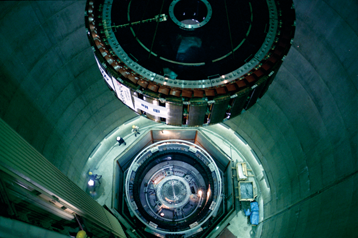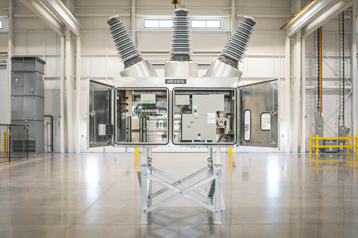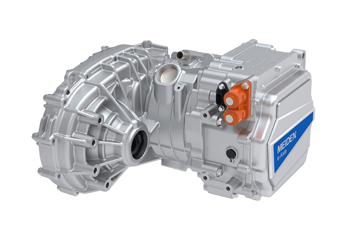Sustainability - Expand businesses that contribute to the environment
We are actively promoting initiatives that contribute to the environment in order to “realize a more affluent future” by leveraging our technology and experience honed over many years.
The Meiden Group aims to contribute the environment by utilizing renewable energy sources such as solar, wind, and hydroelectric power and by improving the efficiency of its products to reduce energy consumption.
Our FY2024 contribution to reduced GHG emissions was 4.414 million tons per year.
Hydroelectric power is a form of renewable energy that enables steady generation of electricity throughout the year. Meidensha has been installing hydroelectric generators since its founding, with generators installed in over 400 hydroelectric plants around the world. In light of our extensive history with hydroelectric power, this field represents a major pillar of our sustainability business because the Meiden Group can offer complete sets of equipment (waterwheels, generators, monitoring systems equipment).
Hydroelectric power generation technology has a long history and we are devising methods to integrate new technologies while also developing technology for the future. We are working on ways to improve generation efficiency via systems that use technology to analyze waterwheel flow while also utilizing AI to optimize generators. We will improve product efficiency by advancing such new technologies.
Hydroelectric power generation is an extremely useful process to both reduce GHG emissions and create a stable energy supply. We will continue to maximize that value while accelerating initiatives toward a low-carbon society.

Expanding the SF6 gas*-free switchgear business that can contribute to a decarbonized society is one climate-change related business opportunity for the Meiden Group.
In 2007, we released a 72-kV-class Ecotank type vacuum circuit breaker to markets around the globe, and in 2020 we developed a 145-kV-class model to meet high-voltage requirements. In 2020 we also founded Meiden America Switchgear, Inc., the first North American base to handle SF6 gas-free switchgear, which is doing well in the current business environment and represents one area of continued growth.
Looking toward the future, we anticipate that the introduction of the EU’s restrictions on SF6 gas in 2026 and other similar measures will vastly increase the decarbonization demands of the power industry. The Meiden Group cannot let such a wonderful opportunity pass as we grow business to become the world’s leading vacuum circuit breaker manufacturer.

Meiden Group supplies motors and inverters installed in electric vehicles, which are becoming more common throughout the world. In October 2023, Meiden (Hangzhou) Drive Systems Co., Ltd.’s second production line began full-scale operations manufacturing and installing integrated motor/inverter equipment. Built with Japan and China’s best manufacturing systems, we are currently focusing on optimizing production load. We strive tirelessly to create smaller, more efficient prototypes based on the standard models and to improve QCD with better manufacturing technologies.
